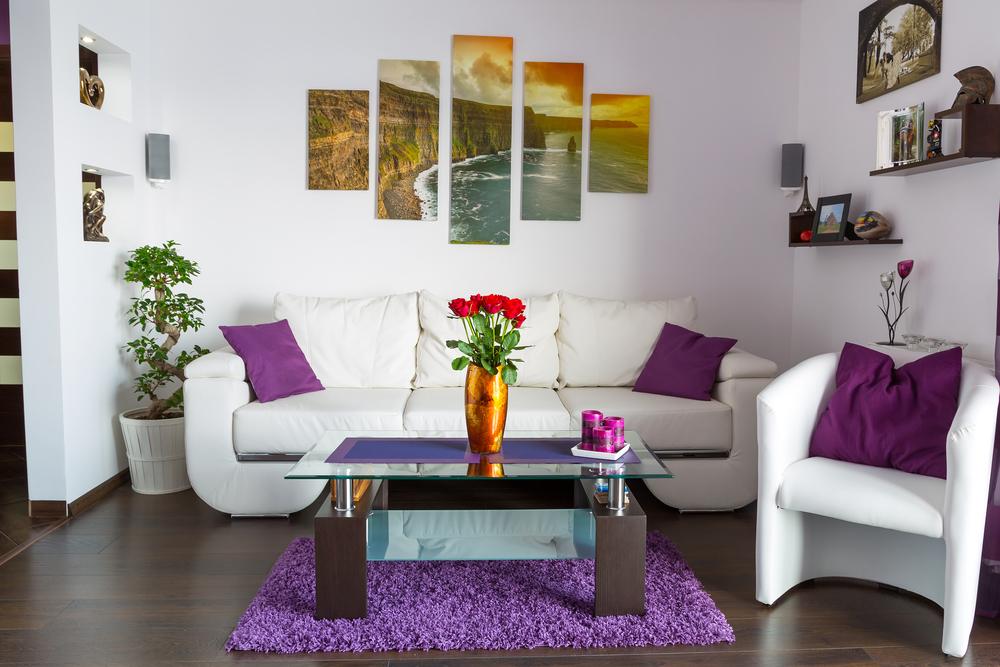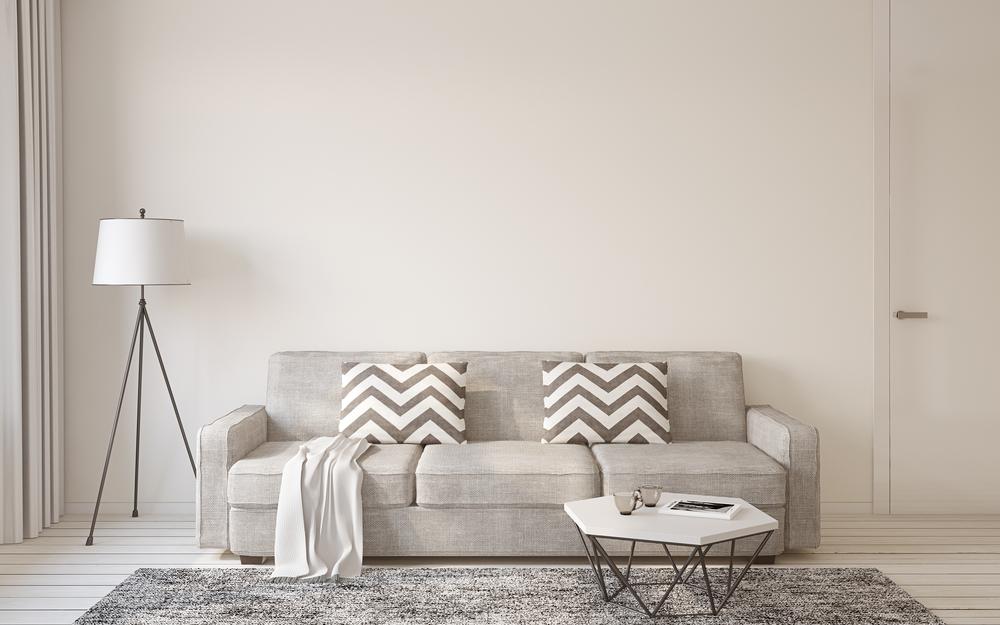Guidelines for Choosing the Ideal Leather Couch
Discover essential tips for choosing a durable and stylish leather sofa. This guide covers key factors such as use, placement, leather types, finishing techniques, and frame quality to help you make an informed decision. Protect your investment by selecting the right materials and caring for your furniture properly, ensuring longevity and aesthetic appeal. Perfect for homeowners and furniture enthusiasts seeking reliable, high-quality leather couches tailored to their lifestyle and environment.

Guidelines for Choosing the Ideal Leather Couch
Selecting the perfect leather sofa requires attention to several key factors. Here's what to keep in mind.
Functionality
The durability of a leather sofa hinges on usage and environment. For homes with kids, pets, or frequent visitors, opt for models designed for heavy use, even if they come at a higher price. For more peaceful spaces, budget-friendly options may be adequate.
Positioning
Correct placement helps preserve your sofa’s quality.
Avoid situating your leather sofa in direct sunlight, as UV exposure can fade and damage its surface. Install UV-filtering glass in windows to protect the leather’s appearance.
Leather Coloring Methods
Leather sofas come in various coloring treatments, such as:
Aniline: Uses translucent dye to highlight the leather’s natural grain, providing an authentic look but more sensitive to damage.
Semi-aniline: Similar to aniline but with a protective layer that enhances durability.
Pigmented: Coated with an opaque pigment, offering a matte finish that hides imperfections and extends lifespan.
Factors Influencing Longevity
Leather quality plays a major role in how long it lasts. Common types include:
Full-grain: Crafted from untouched hide with natural markings, it ages gracefully and is highly durable, though more expensive.
Top grain: Made from the outer layer of hide, tough but smooth, also known as corrected grain.
Split grain: Derived from the lower part of the hide, less durable and more prone to damage.
Nubuck: Sanded to a soft, velvety texture from rawhide, needing maintenance.
Bonded leather: Composed of approximately 17% genuine leather, offering good durability and being allergy-friendly.
Faux leather: Synthetic material made from plastic or rubber-coated fiber, affordable and long-lasting.
Frame Construction
A robust frame is critical for durability. Verify that the sofa’s internal structure is constructed from quality materials; a fragile frame can reduce its lifespan.
Note:
This guide aims to assist readers in making well-informed furniture selections. Although based on research and industry expertise, it is not exhaustive. The website disclaims responsibility for inaccuracies or inconsistencies in external data. Consider exploring additional options to find the best fit for your needs.


